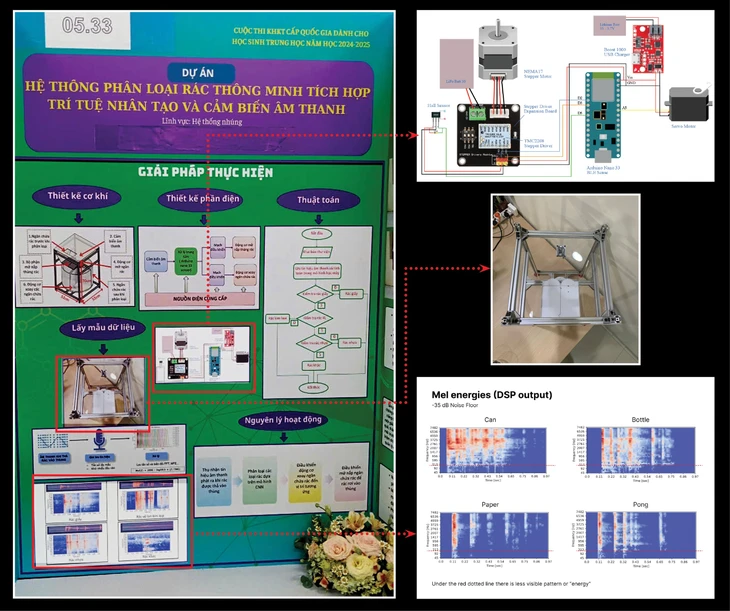
The points in the student group's poster about the project Smart waste sorting system integrating artificial intelligence and sound sensors are said to be similar to the photos of Samuel Alexander (right) - Photo: NGOC THANH
This is a science and technology project called Smart waste classification system integrating artificial intelligence and sound sensors by a group of students Vu Ngoc Anh and Vu Dinh Dang Hien, Nguyen Sieu High School (Hung Yen).
This is also one of 12 projects awarded first prize by the Ministry of Education and Training on March 24, at the closing ceremony and award ceremony of the National Science and Technology Competition for the 2024-2025 school year.
However, many people think that this project is "too similar" to a product that was announced by a foreign expert, Samuel Alexander, on the Hackaday.io community - an international online platform for the community of engineers, creators and technology enthusiasts, where they can share their engineering projects, inventions and research.
Speaking to Tuoi Tre Online , a student in Ho Chi Minh City who also recently participated in the National Science and Technology Competition for the 2024-2025 school year said that the most obvious "similarity" is in the images and charts on the poster.
At least 3 of the photos in the Nguyen Sieu High School students' poster are from Samuel Alexander's article on Hackaday.io.
According to this student, it is worth mentioning that these are the most important images and diagrams in the poster. Including the diagram of the electrical-electronic connection system and the diagram of the sound frequencies of the materials. The top-down image of the machine structure is also similar to the image of Samuel Alexander.
"Not to mention other issues, the poster is a scoring category in this contest. Is it legal for the poster to use too many images that are not from the group?", this student said.
Product posted by Samuel Alexander on YouTube in July 2023 - SOURCE: YOUTUBE
Not stopping at the image, the products of the student group and Samuel Alexander are very "similar". Samuel's products include microcontroller hardware, sound sensors and motors - transmission mechanisms.
Specifically, regarding the microcontroller, Samuel initially used Arduino Nano 33 BLE Sense, then upgraded to Arduino Pro Portenta C33 combined with Nicla Voice or Nano 33 BLE Sense to enhance processing capabilities and IoT connectivity.
For audio sensing, Samuel uses the built-in microphone on microcontrollers like Arduino Nano 33 BLE Sense or Nicla Voice to collect audio data.
Regarding the motor and transmission mechanism, there are 2 main parts, including the rotating base - stepper motor 17HS3401 controls the rotation of the garbage compartments to position them correctly and the trap door - Servo motor DS3225 controls the trap door to open and close so that the garbage falls into the corresponding compartment.
Products from a scientific and technical research project of a group of students in Hung Yen - Photo: NM
According to the information designed on the poster by the group of students from Nguyen Sieu High School, the machine also includes the central processing unit Arduino, sound sensor, trash can rotating motor, trash can lid opening motor, and control circuits.
"So many similarities"
A PhD in the field of electricity and electronics at the University of Technology (Ho Chi Minh City National University) commented on some similarities between the two models.
First, both have the idea of using sound to classify waste. The system identifies the type of waste based on the sound emitted when the waste hits the bin, instead of relying on images or other sensors such as weight or color.
Next, both use machine learning models (CNN or equivalent) to train and identify waste types through audio analysis. This is unique because most current waste classification models often use cameras or optical sensors.
Another similarity is that after identification, the system uses mechanical control (motor, rotating engine) to classify the waste into appropriate compartments.
"The two models are similar in core: both use AI and sound sensors to classify waste, but differ in scale and some supporting technologies. Samuel's project has a more complex technical design, aiming for a large-scale smart trash bin network (monitoring full levels, sending warnings). Meanwhile, the current Vietnamese model is simpler, prioritizing basic waste classification within a single bin," the expert said.
"However, in general, there are many similarities. In this case, I think the organizing committee should determine with its own criteria and regulations whether the students have copied or not," he said.
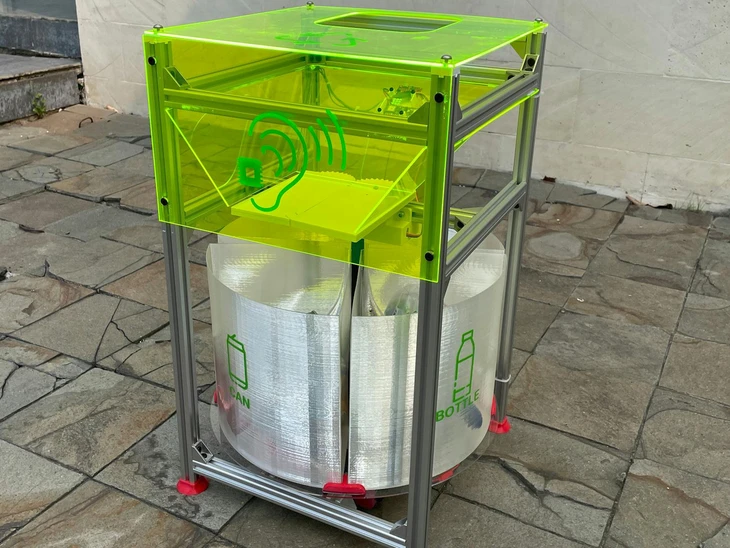
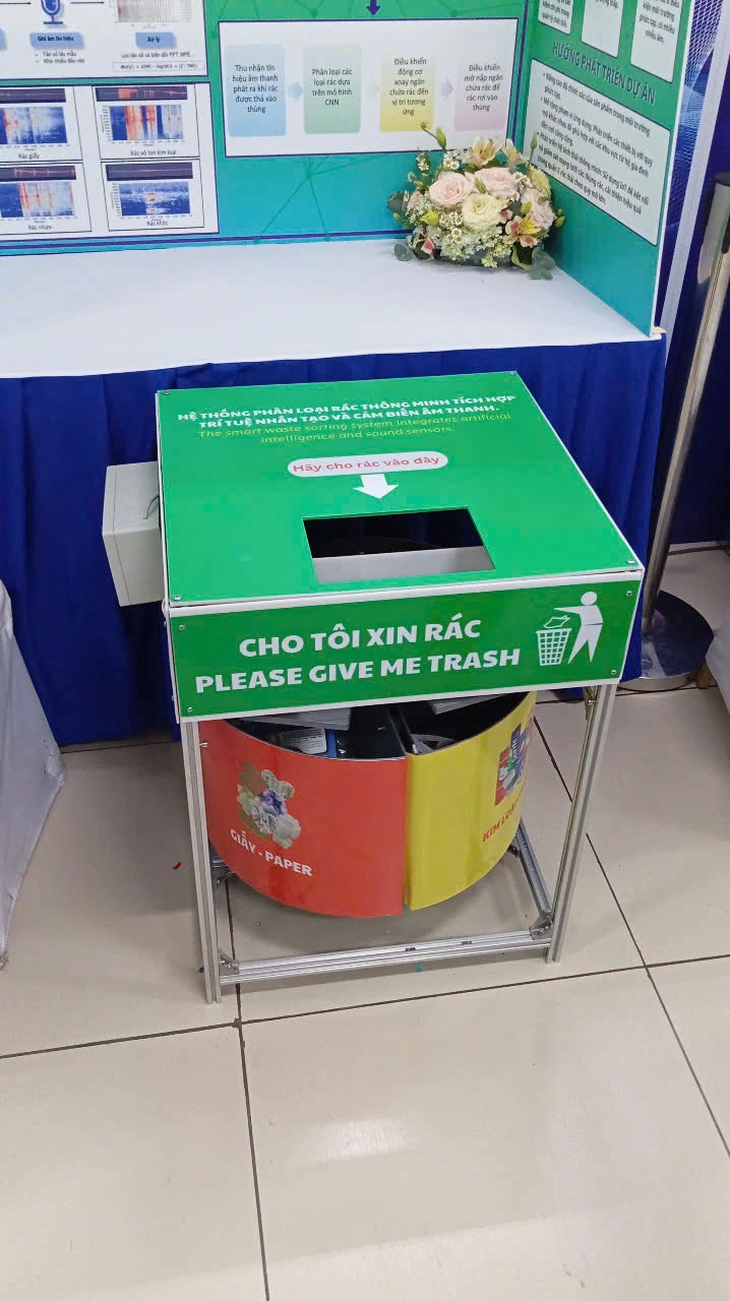
Products of Samuel Alexander (left) and of the student group (right) - Photo: CUT FROM CLIP
'The project was carried out in about 1 year'
Speaking with Tuoi Tre Online on the afternoon of March 24, Mr. Le Thanh Tuan, principal of Nguyen Sieu High School, said that the students at the school are from rural areas, but in recent years the school has invested a lot in students' scientific research.
Specifically, every year the school organizes STEM Festival and school-level science and technology competition. At the same time, it has won many prizes in the annual science and technology idea competition organized by Hung Yen province. With the science and technology competition organized by the Department of Education and Training, the school usually has 2 or more products participating in the competition each year.
“In recent years, the school has participated in the national science and technology competition twice, in which in 2019 the school's students won fourth prize; this year the school's students won first prize,” said Mr. Tuan.
Mr. Tuan said that the project of Smart waste classification system integrating artificial intelligence and sound sensors of the group of students Vu Ngoc Anh and Vu Dinh Dang Hien, Nguyen Sieu High School (Hung Yen) which just won first prize at this year's national science and technology competition is a very practical project.
The project was researched and implemented by these two students and their supervisor, Tuong Thi Bich Ngoc, over a period of about 1 year (starting in July 2024). According to Mr. Tuan, as the principal, he does not work directly with the students, so he can only encourage both teachers and students during the research period.
“During the discussion this morning, the students said that the idea for the project came from a very simple reality: Every day, teachers remind us to sort used batteries into the right place, to not put trash in a neat place… because each class only has one trash can. From there, the students came up with the idea, researched, and created a simple waste classification model to make things more convenient, and to make use of usable waste,” said Mr. Tuan.
According to him, to complete the product for the national competition, the students had to spend a lot of time, along with passion to invest in the product. He said that after the students' product won the provincial prize, the school also talked to the students' families to encourage them to continue investing in the product if they had the opportunity to participate in the national competition.
Mr. Tuan also said that as of the afternoon of March 24, the school had not received any information about the school's student project that just won first prize at the national level having many similarities with a foreign product.
“After receiving information from Tuoi Tre newspaper, the school will work with the instructors and homeroom teachers to find out more information from the students. We may not share this information with the students at this stage, because they are focusing on studying for the exam,” said Mr. Tuan.
Science and technology research competition regulations require 'no cheating'
According to Article 4 of Circular 06/2024, promulgating the regulations for the national science and technology research competition for middle and high school students, the Ministry of Education and Training stipulates: "Ensure honesty in scientific research; no cheating, illegal copying, forgery; no use or presentation of other people's research content and results as one's own research results".
According to his LinkedIn profile, Samuel Alexander is an innovator and engineer based in Surabaya, Indonesia. Samuel graduated from Deakin University and has expertise in embedded system design, CAD, and PCB fabrication.
He is currently working at Roboflow - a company specializing in providing computer vision and AI solutions.
He is famous in the Hackaday.io technology community or Arduino Blog thanks to his creative projects applying artificial intelligence and sensors in practical solutions. He also owns a personal YouTube channel, where he shares the design and assembly process and guides the community to carry out creative technology projects.
Source: https://tuoitre.vn/du-an-giai-nhat-khoa-hoc-ky-thuat-quoc-gia-2025-bi-to-giong-san-pham-nuoc-ngoai-20250324113953295.htm








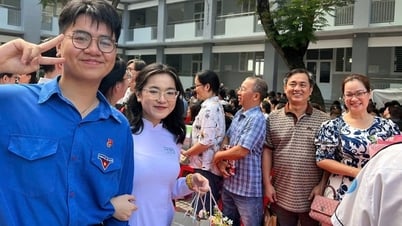

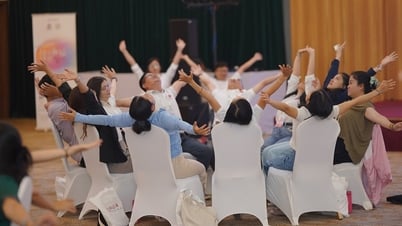

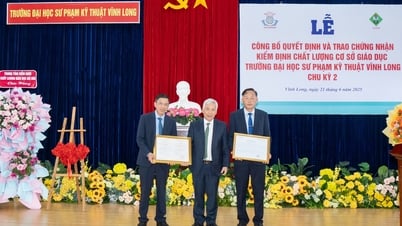


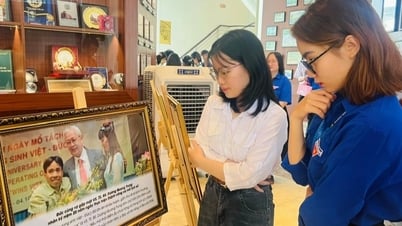







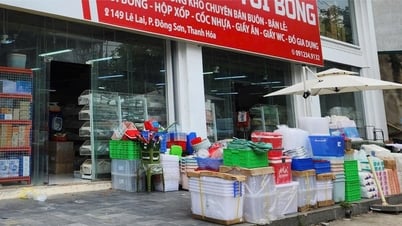
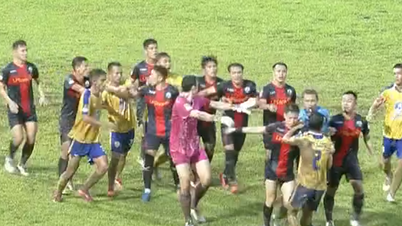

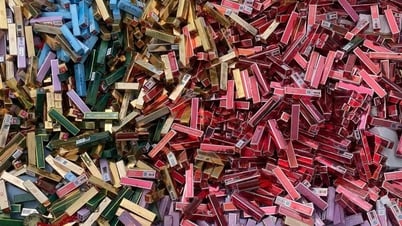

![[Photo] Central Propaganda and Mass Mobilization Department meets with exemplary journalists](https://vphoto.vietnam.vn/thumb/1200x675/vietnam/resource/IMAGE/2025/6/21/9509840458074c03a5831541450d39f8)




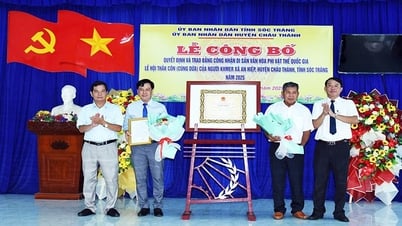









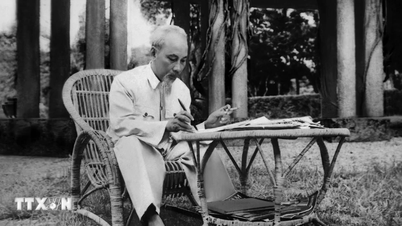









![[Maritime News] Wan Hai Lines invests $150 million to buy 48,000 containers](https://vphoto.vietnam.vn/thumb/402x226/vietnam/resource/IMAGE/2025/6/20/c945a62aff624b4bb5c25e67e9bcc1cb)


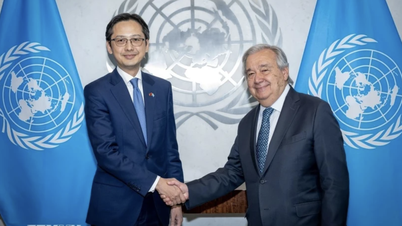
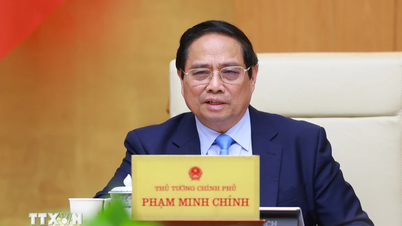








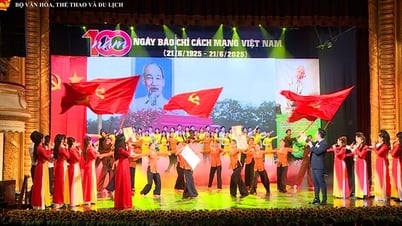








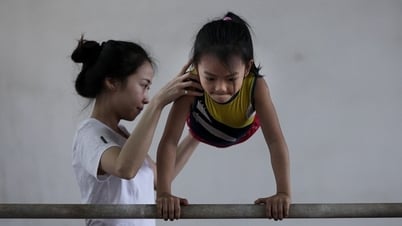













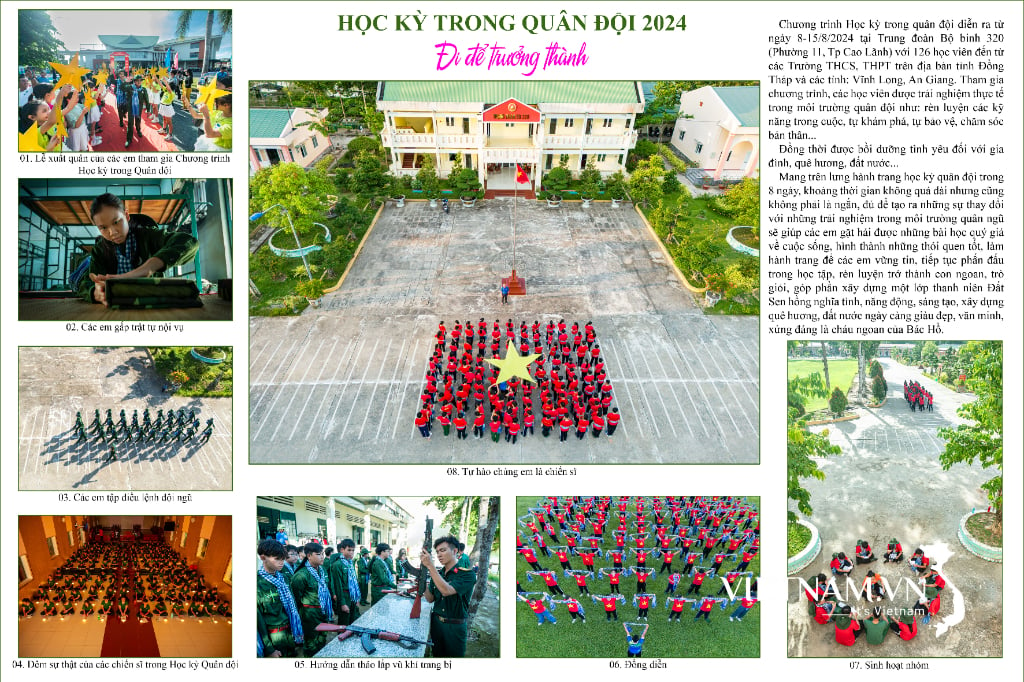


Comment (0)